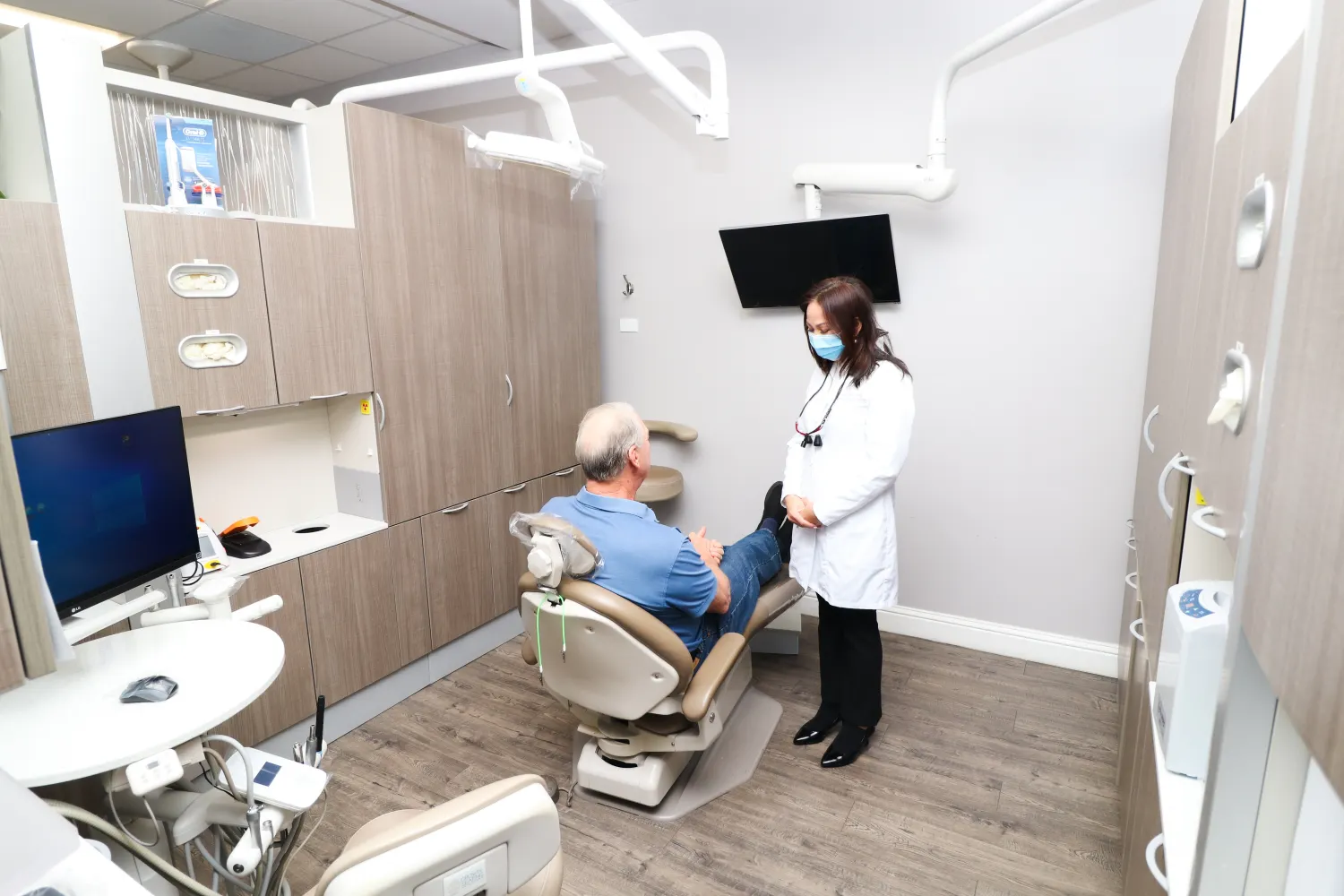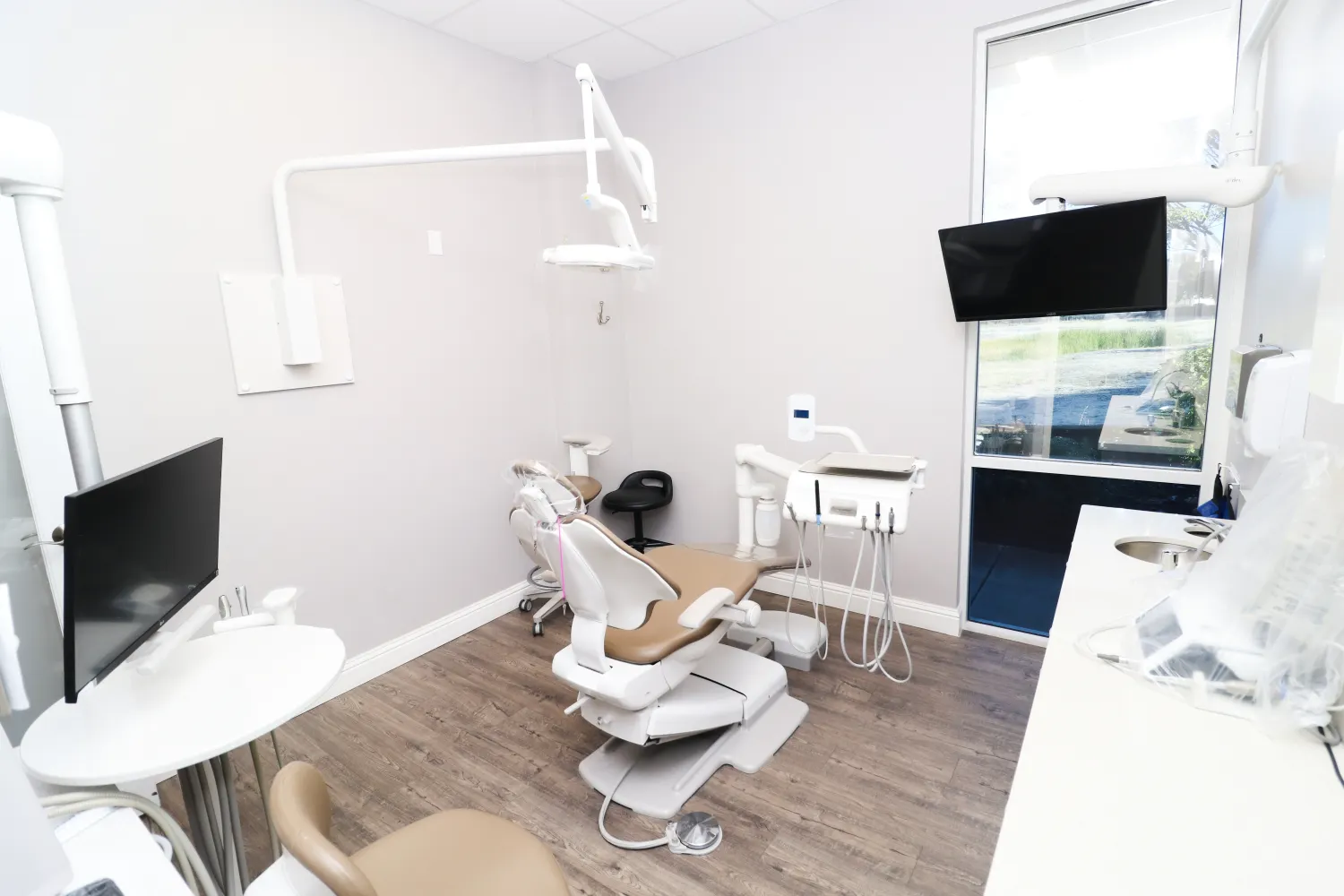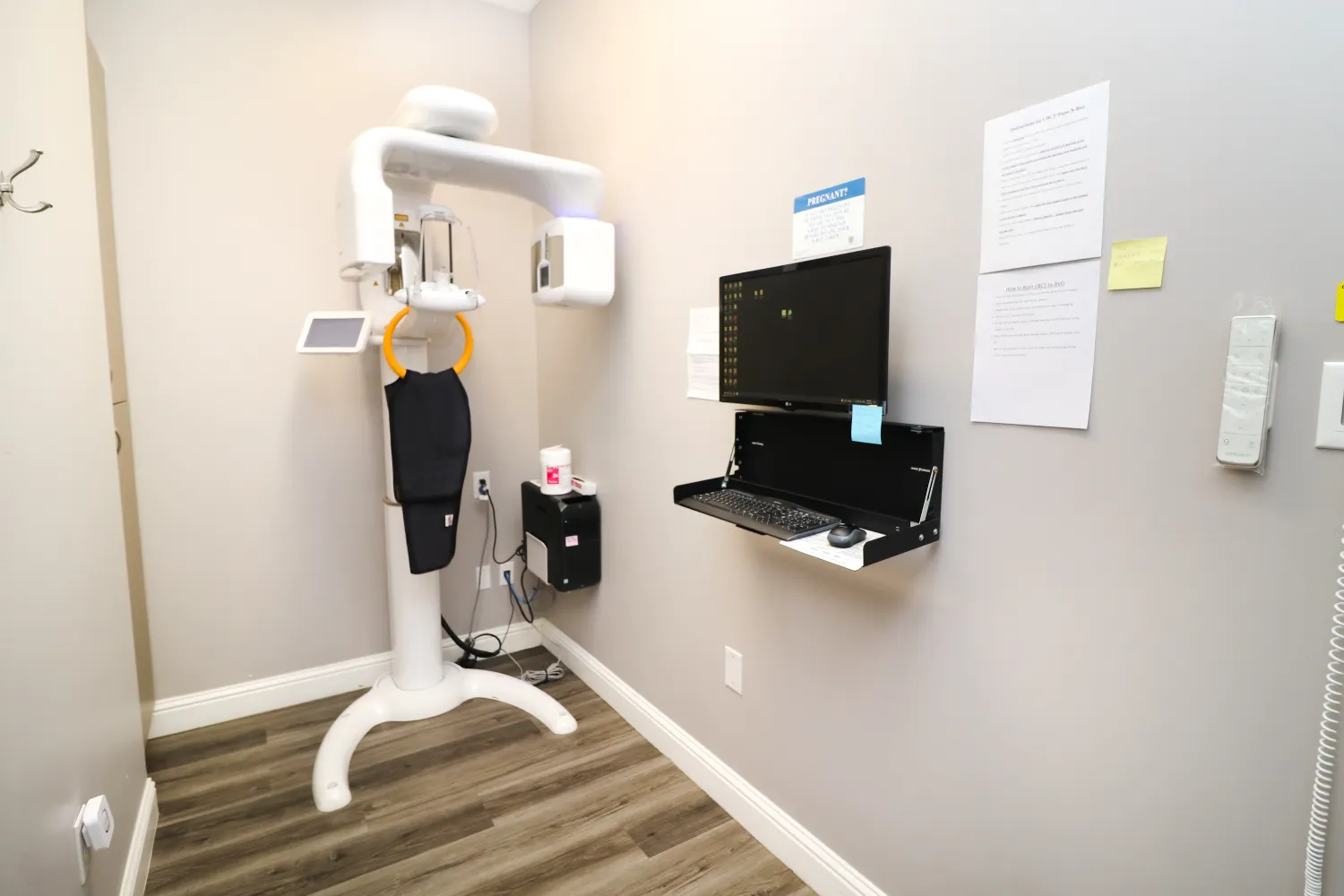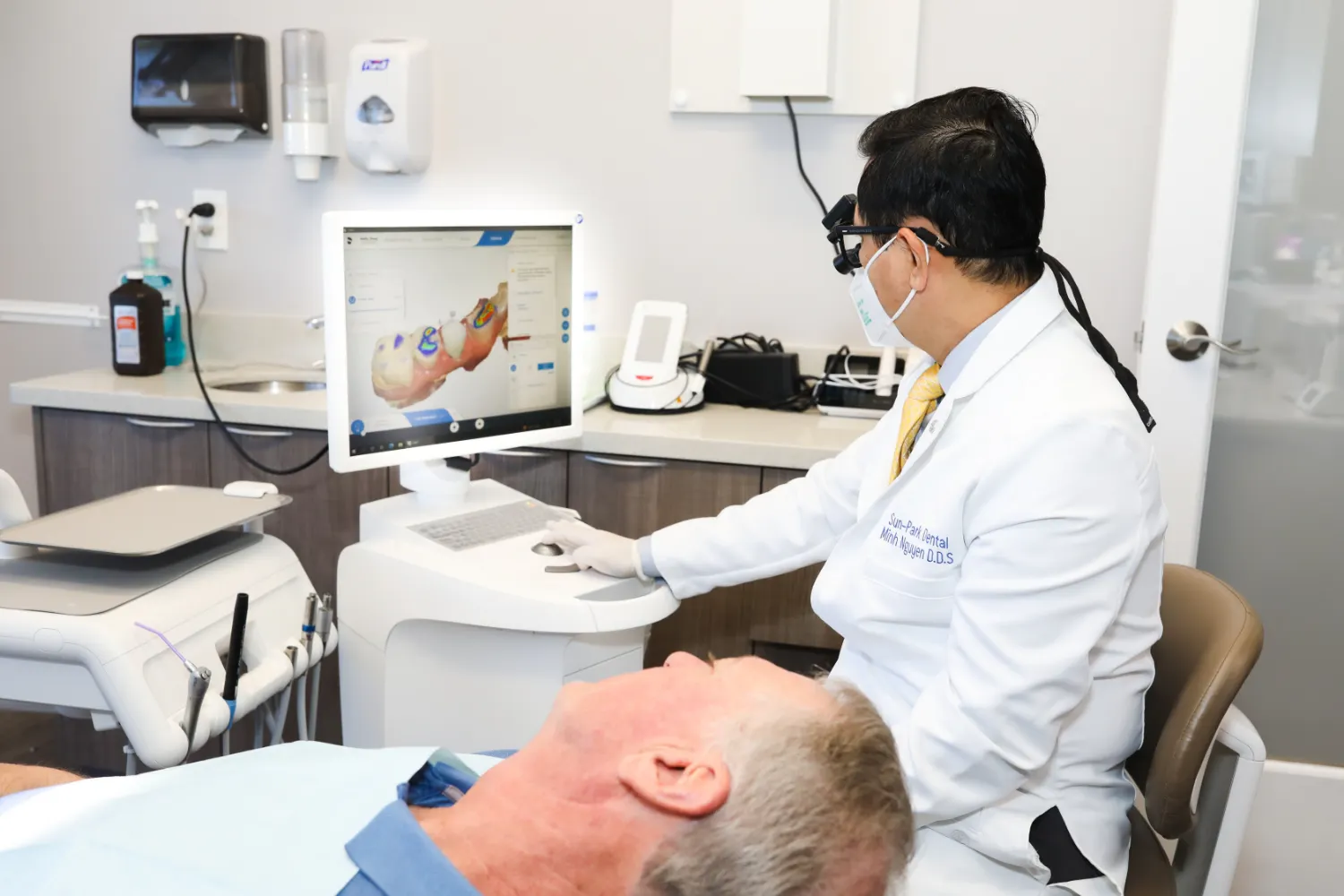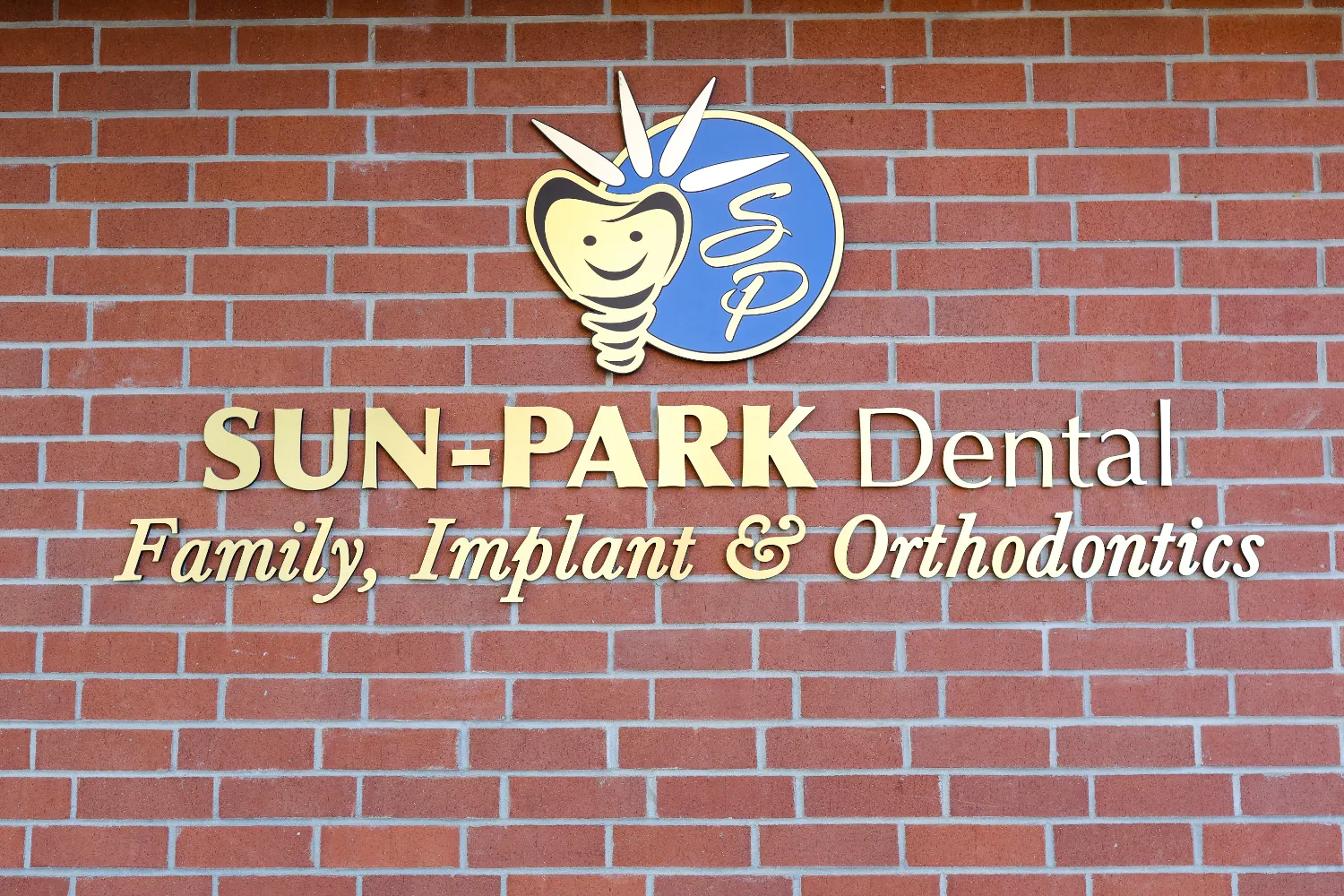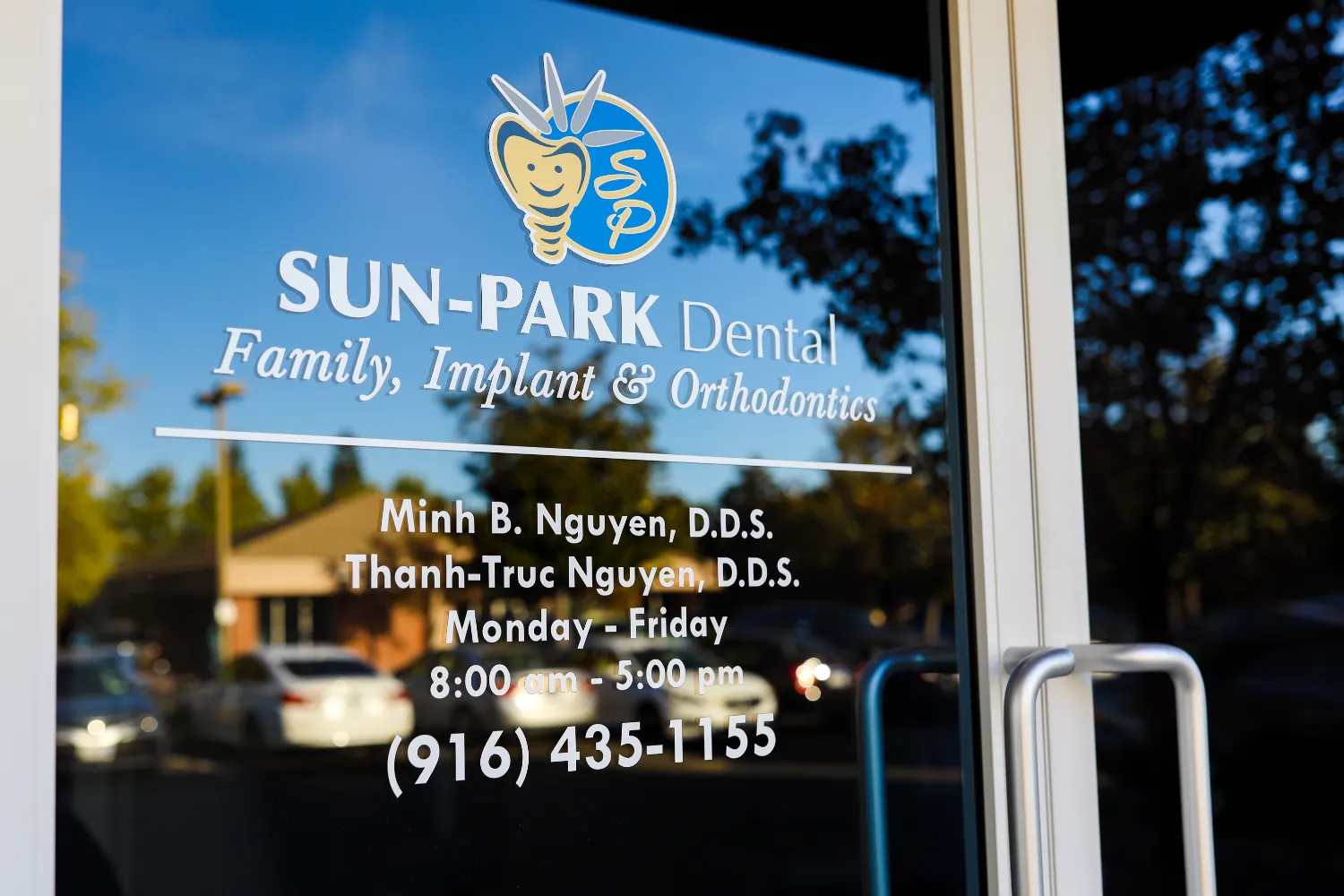YOUR PERFECT SMILE
Ensure A Healthier Smile From The Start
We Use Solea Laser Technology to Provide the Best Dental Experience
Solea Laser is the future of dental care, and we're proud to offer this revolutionary technology. With Solea Laser, we can provide our patients with painless, fast, and precise treatments that produce the best results.
TechnologyPatient Testimonials


Sun-Park Dental
We are committed to being the best dentists in and around Rocklin, CA. Drs. Minh and Thanh-Truc Nguyen love the fields of cosmetic dentistry, dental implants, and orthodontics and are trained in them to create beautiful, healthy smiles. At Sun-Park Dental, we make visiting the dentist easy because comfort is our top priority. Our staff is committed to providing a relaxing environment for patients of all ages with state-of-the-art technologies.
Come check out our
brand-new office!
We are located in a new building where we provide the cleanest and highest quality services that dentistry offers. Check out our virtual tour!
TOUR OUR OFFICESmile Gallery
Before
After
Case study 01
Before
After
Case study 02
Our Expert Doctors

Dr. Thanh-Truc Nguyen
A top-rated dentist that helps families in and around Rocklin, California, Dr. Thanh-Truc Nguyen is well-known as a gentle and compassionate dentist who provides expert care.
From pediatric dentistry and general dental care that include exams, deep cleaning, and root canals, to cosmetic treatments like teeth whitening, veneers, and Invisalign, Dr. Thanh-Truc provides her expert skills in all treatments.

Dr. Minh Nguyen
Dr. Minh Nguyen graduated from the University of Southern California in 1998 with his Doctor of Dental Surgery degree and an Outstanding Academic Achievement award. He has dedicated his practice to helping adults and families improve and protect their dental health.
To ensure his patients receive the best possible dental care, he stays updated with emerging dental technologies, including CEREC, DIAGNOdent™, and rotary endodontic tools.

Dr. Christian Santa Maria
We are excited to announce that Dr. Christian Santa Maria has joined our office as an associate doctor! Dr. Christian is originally from the San Francisco Bay Area and completed his DDS and PhD training at the UCSF School of Dentistry and Oral & Craniofacial Sciences Graduate Program. He is committed to continuing education and offering state-of-the-art dentistry with precision and excellence.
Throughout his career, Dr. Christian has also prioritized volunteerism, providing care to remote and under-resourced populations in the Philippines, Jamaica, and communities in California. In his spare time, he enjoys spending time with his wife Janelle and their three sons Azrael, Damian, and Orion. He loves fantasy football. Together with the two Doctor Nguyens and our Sun-Park Dental Team, they will make your smile healthy and bright. To schedule an appointment, you can visit our website or give our office a call at (916) 435-1155.
read moreHow Can We Help?
Our commitment is to provide you with the best quality dental care and experience.
We are passionate and committed to ensuring that you receive the best treatment under our care.
Quality dental care for all ages
Advanced treatment options and technologies
Comprehensive dental care in one location
Preventative treatments to protect smiles
Your safety and comfort are our priority
“I was a new patient having recently moved from North Carolina. Dr. Thanh and her team put me at ease and were friendly and professional. The appointments were very easy to book and I did not have to wait for my dental work to be completed. I am glad I chose Sun-Park Dental as my new dentist! Thank you”

Office Tour
Location
5400 Park Dr Suite 100,
Rocklin, CA 95765
Office Hours
MON - THU8:00 am - 5:00 pm
FRI8:00 am - 4:00 pm
SATBy appointments only
SUNClosed













